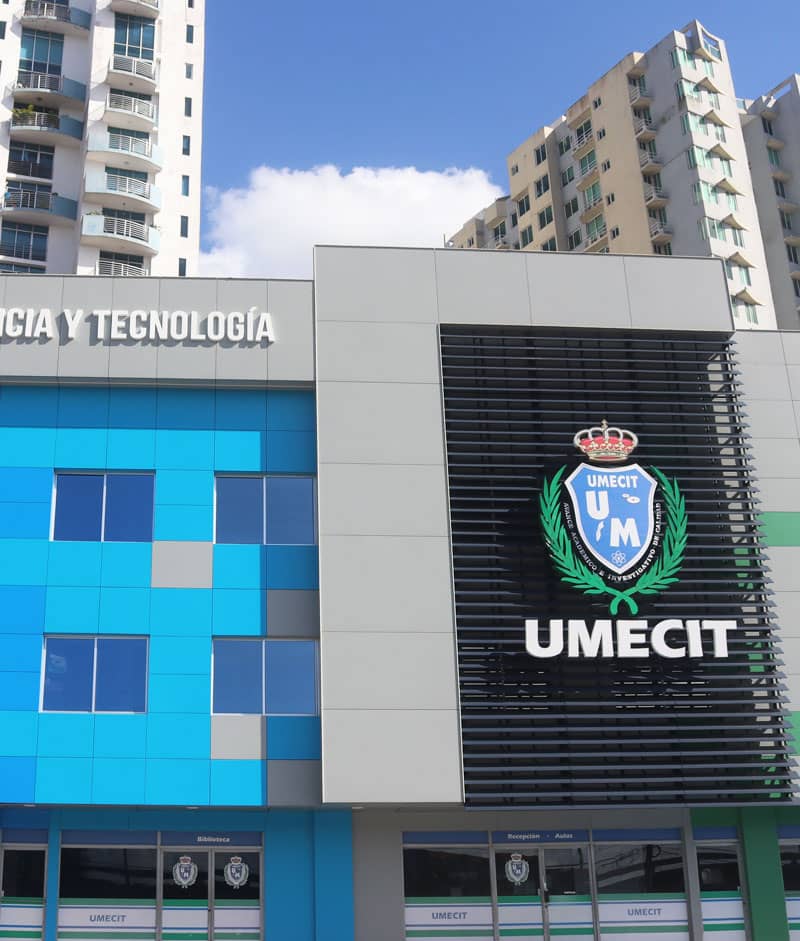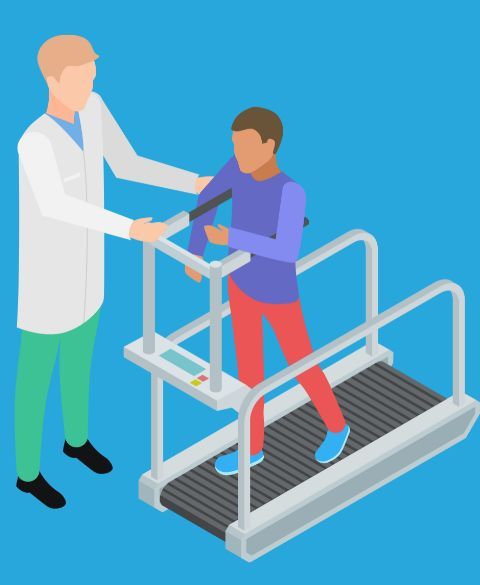"MOVEMENT IN HARMONY: EXPLORING BIOMECHANICS"
Physiotherapy, as a fundamental discipline in the field of health and well-being, has been dedicated to understanding and optimizing the function of the human musculoskeletal system. In this constant search to improve people's quality of life, biomechanics emerges as an essential tool. Biomechanics, in the context of Physiotherapy, becomes a powerful ally that allows us to explore, analyze and understand the movements of the human body in detail.
The Physiotherapy Research Seedbed “Movement in Harmony” stands as a space dedicated to deepening the understanding of the biomechanics of the human body. This seedbed is the result of the commitment of a group of Physiotherapy students and professionals who share a passion for exploring how biomechanical principles can be applied in clinical and sports practice to improve people's quality of life.
The fundamental objective of this hotbed is to promote research and collaborative learning in the field of biomechanics applied to Physiotherapy. Through the exploration of various biomechanical aspects, such as gait analysis, body posture, ergonomics and movement mechanics, we seek to contribute to the advancement of knowledge in this area and, at the same time, train future health professionals. Physiotherapy with a strong focus on the practical application of biomechanics.



This third-person introduction marks the beginning of a journey of exploration and discovery in the world of Sports Physiotherapy, in which the Semillero will strive to contribute to the sports and scientific community, sharing knowledge and experiences that contribute to the well-being of athletes. and to the evolution of this exciting discipline. In this theoretical introduction, the bases of our research approach are outlined, highlighting the importance of understanding biomechanics as an essential tool in physiotherapy practice. In addition, we will present the objectives and scope of our seedbed, as well as the commitment of our members to contribute to the growth and development of Physiotherapy from a biomechanical perspective.
Along this path of exploration and discovery, we hope to not only enrich our own knowledge, but also provide the Physical Therapy community with valuable tools to promote health, prevent injury, and optimize human performance. We are convinced that movement in harmony is essential for a fulfilled life, and it is our commitment to unravel its secrets through research and continued collaboration.
Welcome to the Physiotherapy Research Hotbed “Movement in Harmony: Exploring biomechanics”. Together, we will move toward a deeper, more applied understanding of biomechanics, in pursuit of a better quality of life for all.
"Movement in Harmony: Exploring Biomechanics"
CONTRIBUTE TO THE ADVANCEMENT OF KNOWLEDGE
The main objective of the seedbed is to contribute to the advancement of knowledge in the field of biomechanics applied to Physiotherapy. Through research and rigorous analysis, we seek to improve the understanding of biomechanical principles and their application in clinical and sports practice.
COMPREHENSIVE TRAINING OF STUDENTS
The hotbed is dedicated to providing comprehensive training to Physiotherapy students, giving them the opportunity to acquire research skills, biomechanical analysis and practical application of this knowledge in the context of Physiotherapy.
HEALTH PROMOTION AND INJURY PREVENTION
The aim is to use research findings to promote health and prevent musculoskeletal injuries. Through understanding biomechanics, effective strategies will be developed to optimize human movement and minimize injury risks.
INTERDISCIPLINARY COLLABORATION
The hotbed encourages interdisciplinary collaboration between students and professionals from different fields related to health and sports. The aim is to establish synergies that enrich research and the practical application of biomechanics in Physiotherapy.
KNOWLEDGE DISSEMINATION
The dissemination of research results will be promoted through scientific publications, presentations at conferences and outreach activities. The objective is to share the knowledge generated with the academic community and society in general.
WITH THESE OBJECTIVES...
The Physiotherapy Research Seedbed "Movement in Harmony: Exploring biomechanics", seeks to promote research, training, scientific dissemination, community participation and the professional development of its members, with the purpose of contributing to the advancement and promotion of physiotherapy as a discipline and the well-being of the community
"Movement in Harmony: Exploring Biomechanics"
Researcher Richard NH White suggests that biomechanics has been established as an essential discipline in Physiotherapy, as it provides the theoretical and practical framework necessary to understand how musculoskeletal systems work and how movements can be optimized. White (1999) emphasizes that biomechanics allows us to analyze and quantify human movement, identify abnormal patterns, and design specific therapeutic interventions.
Researchers Michael Adams and Norman Bogduk (1992) highlight the close relationship between body movement and health. They argue that the ability to maintain adequate musculoskeletal function is essential for the prevention and treatment of various conditions. This underscores the importance of exploring biomechanics to optimize movement for the benefit of health.
Another researcher Craig R. Denegar (2009) emphasized the importance of interdisciplinary training in the field of physical therapy and biomechanics. Collaboration between physical therapists, biomechanical engineers and other related professionals allows for a more complete understanding of musculoskeletal problems and the effective application of solutions.
Other researchers that can be taken up would be Timothy R. Derrick and Joseph Hamill (2002) highlight how the biomechanical analysis of movement can be a valuable tool in the prevention of sports injuries. Understanding how loads are distributed on the body during movement can help identify risk factors and design strategies to minimize injury.
For his part, the researcher RS Bridger (1995) highlights the application of biomechanics in ergonomics and the improvement of performance in various activities, from ergonomics in the workplace to the optimization of sports performance. These aspects are fundamental to the practice of Physiotherapy and can be addressed from a biomechanical perspective.
These conceptual and theoretical bases provide a solid frame of reference for the activities of the “Fisiomed” Seedbed, allowing the exploration, research and application of knowledge and techniques in the field of physiotherapy, with the aim of contributing to well-being and health. of people

WHICH ARE IN THE PROCESS OF IMPLEMENTATION FROM THE SEEDBED
"Biomechanical Analysis of Body Posture in Office Workers"
This project aims to investigate the influence of workplace ergonomics on the body posture of office workers. How prolonged positions affect biomechanics will be analyzed and recommendations will be proposed to improve musculoskeletal health.
"Effects of Exercise Therapy on the Biomechanics of Patients with Knee Osteoarthritis"
This study will focus on evaluating how specific exercise therapies affect the biomechanics of patients with knee osteoarthritis. Biomechanical analysis tools will be used to measure changes in gait and functionality.
"Biomechanics of the Vertebral Column in Patients with Chronic Low Back Pain"
To investigate the biomechanics of the spine in patients experiencing chronic low back pain. The study will analyze movement patterns and loads on the spine to identify potential contributing factors and design therapeutic interventions.
"Impact of Physiotherapeutic Intervention on the Gait of People with Parkinson's"
This project will focus on evaluating how specific physiotherapy interventions can influence gait biomechanics in patients with Parkinson's disease. Gait parameters will be measured before and after therapy.
"Development of a Personalized Orthosis for Posture Correction"
Research and develop a custom orthosis based on biomechanics to correct posture problems in patients with scoliosis or other conditions. How this orthosis affects body alignment and comfort will be analyzed.
"Biomechanics in the Prevention of Sports Injuries"
This study will focus on analyzing the biomechanics of movement in athletes and sportsmen to identify risk factors for injuries. Training and prevention strategies will be proposed based on the results of the biomechanical analysis.
"Evaluation of Foot Biomechanics in Runners"
Investigate the biomechanics of running in runners and analyze how different types of footwear can influence the distribution of forces and the prevention of injuries in the feet and legs.
"Biomechanics of Swallowing in Patients with Dysphagia"
This project will focus on the biomechanics of swallowing in patients with dysphagia, a condition that makes it difficult to swallow food and liquids. The movements of the orofacial muscles will be analyzed and rehabilitation strategies will be proposed.
"Development of Specific Exercises for the Rehabilitation of Sports Injuries"
Research and design specific therapeutic exercises based on biomechanics to accelerate the rehabilitation of common sports injuries, such as ankle sprains or anterior cruciate ligament (ACL) injuries.
"Biomechanics of Gait in Older Adults"
This study will focus on the biomechanics of gait in older adults and how age-related changes may influence mobility and fall risk. Ways to improve quality of life will be sought through physiotherapy interventions.


BIBLIOGRAPHY
Biomechanics as a Fundamental Tool:
White, R.N.H. (1999). Biomechanics concepts and computation. World Scientific.
Movement and Health:
Adams, M.A., & Bogduk, N. (1992). A biomechanical basis for the treatment of lumbar spine syndromes. In The lumbar spine (pp. 299-328). Springer.
Interdisciplinary Training:
Deny, C.R. (2009). Interprofessional education: Incorporating the public health paradigm. Journal of Athletic Training, 44(4), 421-422.
Injury prevention:
Derrick, T. R., & Hamill, J. (2002). Ground reaction forces in distance running. Journal of biomechanics, 35(3), 307-312.
Ergonomics and Performance Improvement:
Bridger, R.S. (1995). Introduction to ergonomics. Taylor & Francis.
MEMBERS OF THE SEEDGROUND
Seedbed leader student
Contact: gwynsnic12@gmail.com
Lead teacher
Contact: Natpatricia29@gmail.com
